
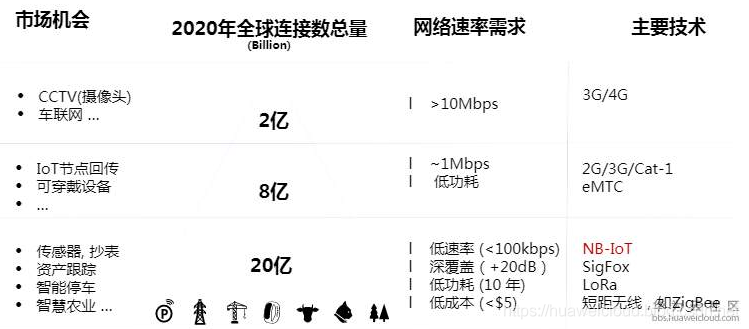
1. What is NB-IoT

2. Four Major Features of NB-IoT:
-
Ultra-Low Power Consumption
-
Ultra-Low Cost
-
Ultra-Strong Coverage
-
Ultra-Large Connectivity
2.1 Ultra-Low Power Consumption
IoT devices differ from traditional communication devices; most IoT devices do not need to be online all the time. They only connect to the network when they need to send data packets. Remaining online would only increase power consumption without actual value. To address this behavior of IoT devices, NB-IoT technology has designed three different power-saving modes:
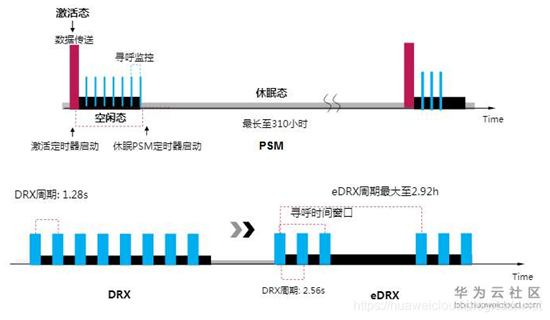
Note: In the figure, the y-axis represents device power consumption.
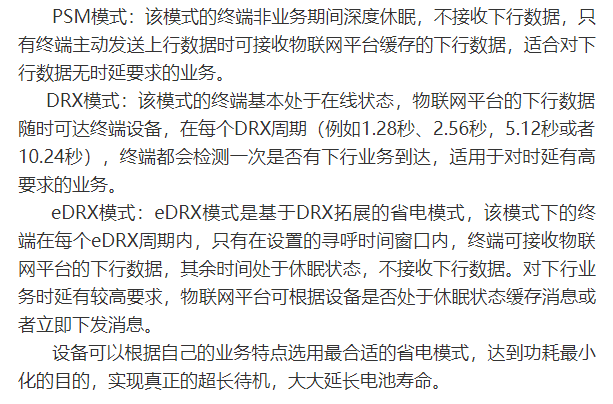
2.2 Ultra-Low Cost


2.3 Ultra-Strong Coverage
MCL (Maximum Coupling Loss) is the maximum total channel loss between the device and the antenna port of the base station when transmitting data. The larger the MCL value, the stronger the link and the wider the signal coverage.
NB-IoT enhances the MCL by 20dB compared to GSM through time-domain retransmission technology and increased power spectral density, achieving three times the coverage distance of GSM and the ability to penetrate two additional walls compared to GSM. Time-domain retransmission technology refers to repeatedly retransmitting the same message during information transmission, which can enhance transmission reliability in poor channel conditions, providing a 9dB downlink gain and a 12dB uplink gain. Increasing power spectral density means dividing a 180kHz bandwidth into 12 sub-carriers of 15kHz each and using sub-carriers for transmission, which can enhance the gain by 11dB compared to direct transmission using 180kHz bandwidth.
The combination of these two technologies gives the NB-IoT network an ultra-large coverage area and ultra-strong penetration capability, allowing devices to stably connect to the network no matter where they are, truly connecting the Internet of Things.
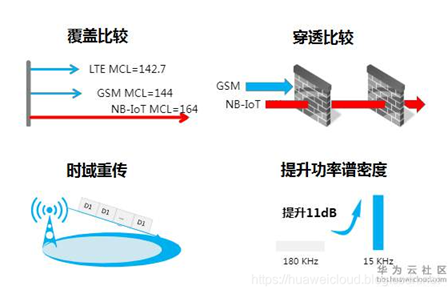
2.4 Ultra-Large Connectivity
NB-IoT devices connect similarly to other mobile devices, where terminal devices access the core network through the base station and then connect to the service platform.

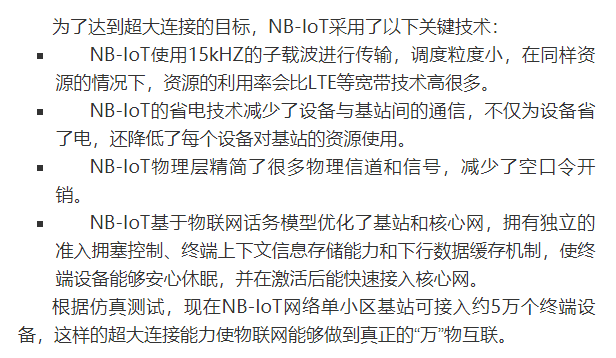
3. CoAP and LWM2M Protocols
NB-IoT is a communication technology, and devices that communicate using the NB-IoT network and IoT platform generally follow certain communication protocols.
The mainstream communication protocols for NB-IoT devices and IoT platforms are the CoAP and LWM2M protocols:
CoAP: Constrained Application Protocol
LWM2M: (Lightweight Machine-To-Machine)

Since most IoT devices are resource-constrained, their physical and network resources are very limited. Using existing TCP and HTTP protocols for communication is too demanding for them. Therefore, CoAP was designed to run on top of the UDP protocol, and its biggest feature is its compactness.
The LWM2M protocol is defined by OMA (Open Mobile Alliance) based on the CoAP protocol, specifying interfaces and objects to make communication between IoT devices and IoT platforms more concise and standardized.
4. Applications of NB-IoT
The domestic TDS-CDMA and CDMA networks of China Telecom have basically been phased out one after another. The anticipated retirement of 2G networks will soon become a reality. In the future, NB-IoT will coexist with 4G and 5G for a long time.
The technical characteristics of NB-IoT have made it one of the main application scenarios for smart cities.
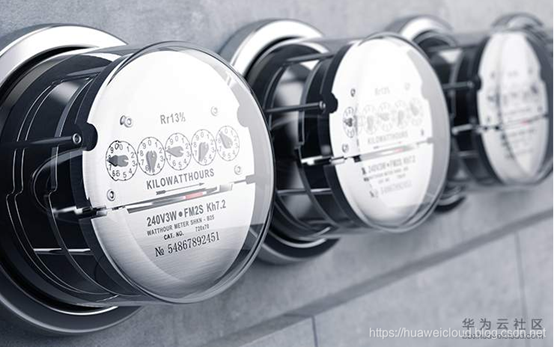
The smart water service scenario mentioned at the beginning of the article can achieve smart meter reading by replacing traditional water meters with NB-IoT based smart meters, reducing the cost and uncertainty of manual meter reading, and uncovering the value behind data production factors, resulting in significant social benefits.
In the smart fire protection scenario, by equipping fire hydrants and water tanks (water pressure and water level meters) with NB-IoT based intelligent monitoring devices for monitoring and alarms, it can report anomalies in a timely manner and reduce losses.
The ultra-strong coverage and ultra-large connectivity features of NB-IoT mean that when devices are updated, there is no need to worry about signal issues or to reduce deployment numbers due to connection limits. Simple one-to-one replacements can be done; and due to the ultra-low cost and ultra-low power consumption of NB-IoT, large-scale replacements become possible without worrying about power supply issues, as the battery life of built-in batteries can last for several years.
*This article references Huawei Cloud Community and CSDN Technical Community, hereby stated.